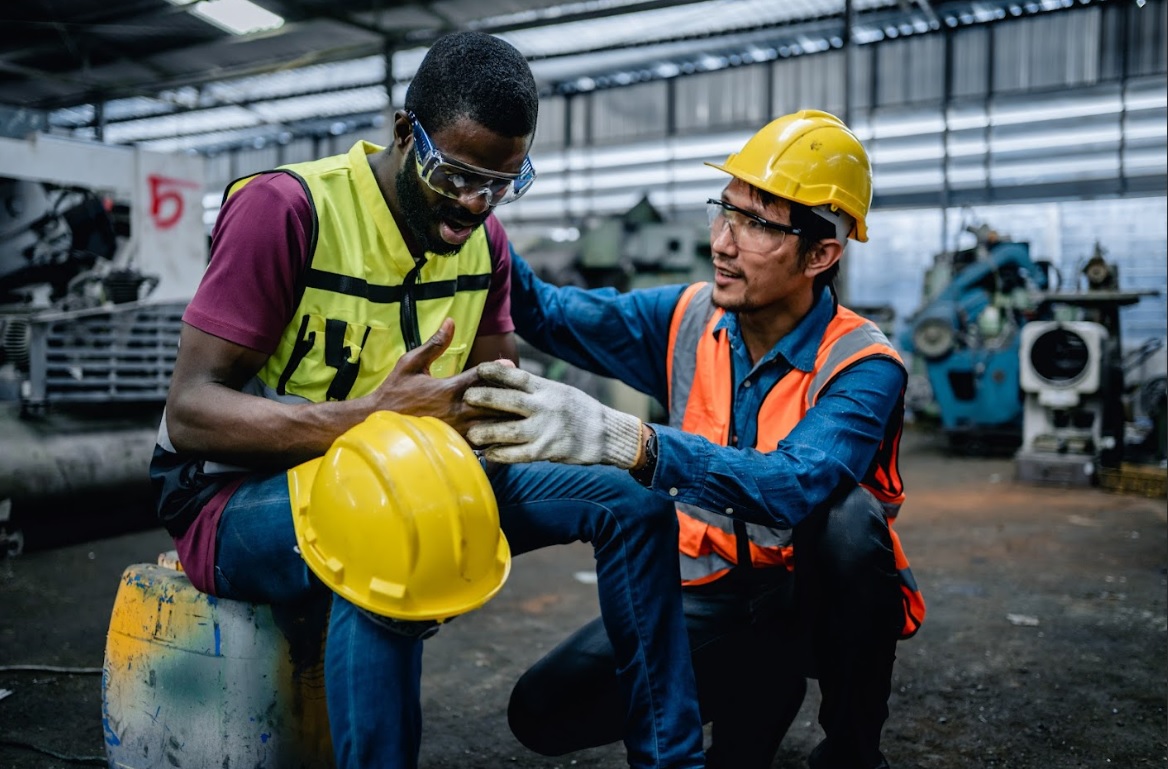Workplace safety is crucial in the modern business environment. A strong culture of safety protects employees, enhances productivity, and protects the company’s reputation. Creating and sustaining such a culture requires a strategic approach and a commitment to the well-being of both employees and customers. Companies can build and maintain a culture that prioritizes workplace safety by following these six essential steps. These steps help ensure that safety becomes an integral part of your company’s DNA, benefitting both your employees and your bottom line.
1. Leadership Commitment
Leadership commitment is the foundation of a culture of safety. Company leaders must not only endorse safety but also actively participate in its development. This means setting clear safety goals, allocating resources, and leading by example. When leaders prioritize safety, it sends a powerful message throughout the organization. Employees are more likely to take safety seriously when they see their leaders doing the same. Leadership commitment also involves embedding safety in the organization’s mission and values. Leaders should regularly communicate their dedication to safety through various channels, from company-wide meetings to internal memos. By making safety a core element of the company’s identity, leaders ensure that it remains a priority.
2. Communication and Training
Effective communication is critical for building a safety culture. Organizations must communicate safety expectations, policies, and procedures clearly and consistently. Regular training programs should be conducted to ensure that employees are equipped with the knowledge and skills they need to work safely. It’s not enough to create safety guidelines and post them somewhere. Instead, employers must ensure that employees understand and embrace them.
Communication and training work hand in hand to promote awareness and compliance. Fostering an open and transparent communication culture where employees feel comfortable reporting safety concerns or incidents is essential. Regular safety meetings and feedback mechanisms should be established to provide a platform for such discussions. This not only helps in early hazard identification but also demonstrates the organization’s commitment to listening to its workforce.
3. Employee Involvement
Involving employees in safety initiatives is a key step toward creating a culture of safety. Employees often have valuable insights into potential hazards and can offer innovative solutions. Encourage employees to report safety concerns and incidents promptly, and acknowledge their contributions. When employees feel like active participants in the safety process, they are more likely to take ownership of safety measures and look out for one another. Creating safety committees or teams comprised
of employees from various departments can enhance safety involvement. These teams can conduct safety audits, recommend improvements, and act as advocates for safety at all levels of the organization.
4. Hazard Identification and Mitigation

Regular hazard assessments such as the AHRQ Culture of Safety Survey should be conducted to identify potential risks. Once hazards are identified, it’s essential to take proactive measures to mitigate them. This may involve redesigning processes, providing personal protective equipment, or implementing engineering controls. Continuously monitoring and improving safety measures helps prevent accidents and reinforces the culture of safety. In addition to identifying physical hazards, organizations should pay attention to psychosocial hazards, such as stress and burnout, which can also impact safety. Providing resources for mental health support and stress management can contribute to a holistic approach to safety.
5. Recognition and Rewards
Recognizing and rewarding safe behavior reinforces the importance of safety in the workplace. Employees who consistently follow safety procedures should be acknowledged and rewarded. This can be done through various means, such as safety awards, bonuses, or public recognition. Positive reinforcement encourages employees to stay committed to safety practices and motivates others to do the same. Incorporating safety performance metrics into performance appraisals can create a direct link between individual contributions to safety and career advancement. This encourages employees to actively engage with safety initiatives.
6. Continuous Improvement
Creating a culture of safety is not a one-time effort. Instead, companies should view the achievement of a safety culture as an ongoing journey. Regularly assess the effectiveness of your safety programs and seek feedback from employees. Use this feedback to make necessary improvements and adapt to changing circumstances. Continuously striving for a safer workplace ensures that safety remains a top priority and adapts to evolving challenges. Organizations should also stay up-to-date with the latest safety technology and best practices. Embracing innovations in safety equipment, software, and training methods can further enhance the organization’s safety culture.
Conclusion
Building and sustaining a culture of safety is a multifaceted endeavor that requires commitment, communication, and the active involvement of all employees. By following these six steps—leadership commitment, communication and training, employee involvement, hazard identification and mitigation, recognition and rewards, and continuous improvement—you can create an environment where safety is not just a priority but a way of life. Remember that safety is an investment that pays off in the well-being of your employees and the success of your organization.
